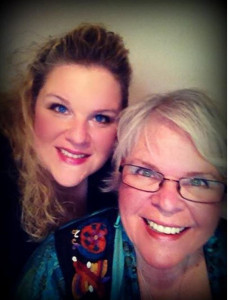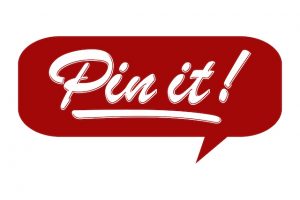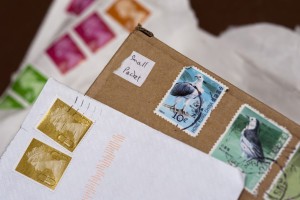
Karen Kowal has dedicated her life to relieving pain, stress, and tension in others.
In 1995, Karen left her successful nursing career to pursue her own business, Mother Earth Pillows, where she manufactures all-natural therapeutic pillows.
In two decades, Mother Earth Pillows has grown from a passion project to an international company with loyal customers around the world.
“When we say people’s comfort and care really matter to us, it’s not just some hokey line – it’s the honest truth,” says company vice president and Karen’s daughter, Nicole.
Since 2009, the company has used email marketing to stay connected with its growing customer base.
With more than 9,000 email contacts, Karen and Nicole have become experts at maintaining an extensive email database.
But as Karen explains, there were also some roadblocks she needed to overcome early on.
“We have sign-up lists at conferences, we have one at our store, and we have a sign up list on our website. Then we have the people who call in or are our wholesale partners,” Karen explains. “One of our biggest problems initially was that we knew we were missing lots of interest areas because we didn’t have our contacts well organized.”
Realizing that each of these groups would have different interests, Karen and Nicole started creating lists for each group so that they could tailor each message for the right audience.
“We created a general list for our retail customers. And then we have a list of people who live in the area and want to know about specials in our local store,” Karen explains. “Then we have a list for our wholesale contacts. We try to email them once a month as well.”
Seeing the benefits of a targeted approach
By appreciating her contacts as individuals, rather than just names on a list, Karen ensures that each message she delivers is relevant to her reader. This has resulted in more people opening her emails and acting on the messages she sends out.
“It’s rewarding because we always get an immediate response through orders,” Karen explains. “Whenever we need to trigger sales, we’ll think of a great special to put out there.”
To help keep her contacts organized, Karen updated the company’s email sign-up form to allow new contacts to select the type of content they are most interested in.
“By giving them categories to choose from, I’m helping them define their interests and the topics we might cover in our emails,” Karen says.
Taking organization one step further
After seeing the benefits of segmenting her contact list, Karen decided to try organizing her contacts even further by using tags.
With tags, Karen is able to categorize people without making a new list each time. This proved especially useful when she was following up with massage therapists from conferences.
“What I ended up doing with tags was applying them to massage therapists and dividing them by state. So, if I do a class in Maryland, I’ll just focus on emailing my contacts from Maryland and maybe a few neighboring states.”
Instead of emailing all her contacts whenever she attends a conference, Karen can now follow up with those who are in the area and are likely to make the trip.
Tags make it easy to keep her contacts organized, while also giving her the ability to deliver messages that feel more personal than a mass e-blast whenever she goes out on the road.
Finding the motivation to get started
Delivering a personal touch to 9,000 people may seem like a daunting task.
But with the right tools and a commitment to staying connected with the people who matter most to your business, you’ll be able to improve your results and generate new opportunities for your small business.
“I have to say I’m proud of myself for putting in the effort and doing it. And it is doable,” Karen says.
Ready to start organizing your own email contacts? Here are some takeaways you can borrow from Karen and Nicole:
- Start by thinking about who your contacts are. What kinds of unique interests and problems will different groups of people have?
- Begin adding your email contacts into different lists, based on their varied interests.
- Improve your sign up process by asking contacts to choose their interests right when they sign up.
- Organize your contacts further by adding tags with even more specific information.
Have you tried segmenting your email list? We’d love to hear your ideas. Post them in the comments below.
Business Articles | Business 2 Community
(339)
Report Post






